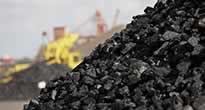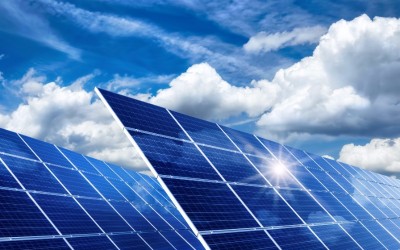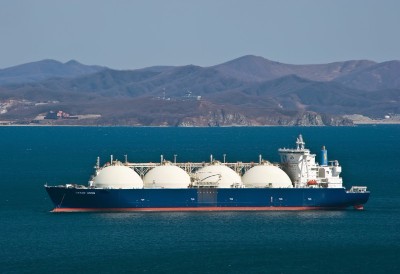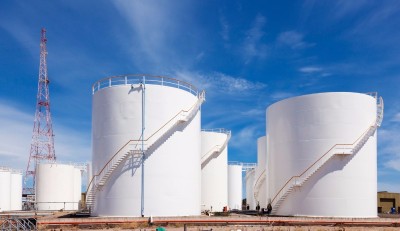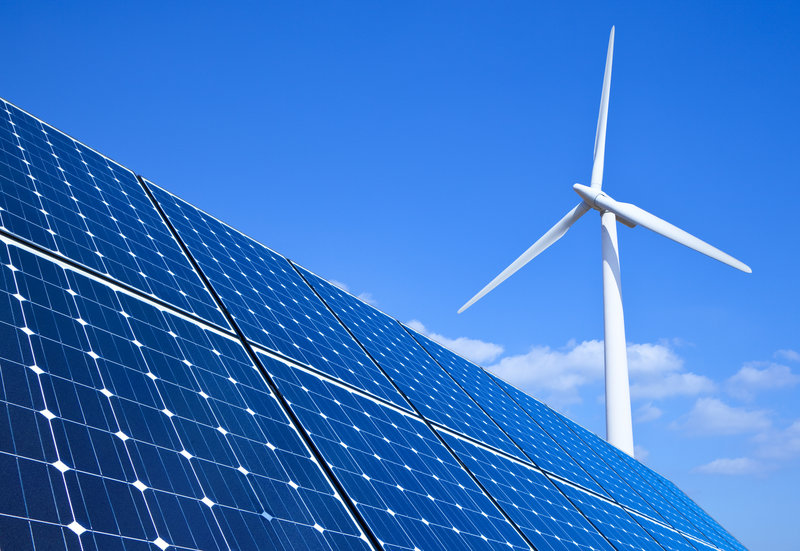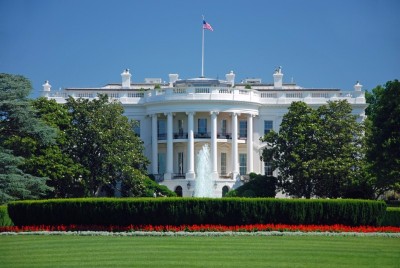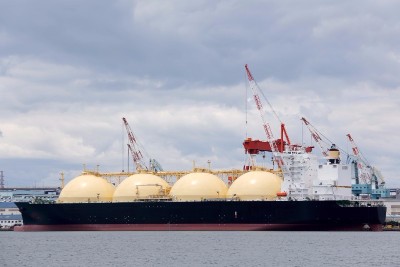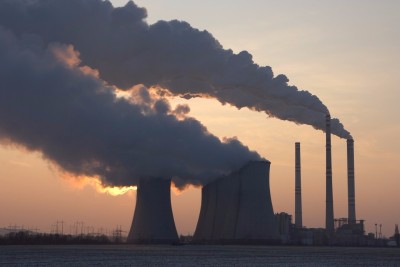The U.S. Energy Information Administration (EIA) recently released its Annual Energy Outlook for 2017 (AEO 2017), which provides projections through 2050. One of the more interesting results from this year’s release is the EIA’s reference case projection of an enormous increase in long-term solar PV capacity in the Southeast. Utility-scale solar PV capacity in […]
More Than a Headline? A closer look at non-binding HOA offtake contracts
Despite a strong consensus that the global LNG market is headed into a period of considerable oversupply, developers continue seek every opportunity to garner commercial momentum for their proposed LNG projects. Binding offtake contracts remain a necessity for new LNG projects. Given the scale of the investment and length of the construction timeline, proposed projects […]
EVA Special Report: Competition Between Renewables and Natural Gas Escalates
Arlington, Virginia – January 19, 2017 Energy Ventures Analysis (EVA) today published a report analyzing regional dynamics of near-term renewables and gas power capacity additions. The report focuses on a few critical states (Texas, California, Pennsylvania and New York) and evaluates the increasingly prevalent competition between gas and renewable energy (namely, wind and utility-scale solar […]
Monthly Short-Term Crude Oil and Petroleum Products Price Forecast
Monthly Short-Term Crude Oil and Petroleum Products Price Forecast Published December 29, 2016 Arlington, Virginia – December 29, 2016 – EVA Decodes OPEC’s Fuzzy Math and Finds Global Glut to Persist Through 2017. In EVA’s recently released Monthly Short-Term Crude Oil and Petroleum Products Price Forecast the OPEC plan for balancing global […]
Betting Big on Spot: Massive tenders from new importers push LNG spot market to new heights
In the past few months, two relatively new LNG buyers—Pakistan and Egypt—issued unprecedented tenders for short-term LNG supply. The deals, though not fully completed, reflect the convergence of two mutually-reinforcing trends: the rapid emergence of new importers and the heavy surplus of LNG set to hit the market in the next few years. In late […]
Expand and Extend: Multiple states double down on their RPS programs, but will obstacles emerge?
Renewable Portfolio Standards (RPS) now exist in 29 states plus the District of Columbia. Thus far, all states have been able to meet their rising targets, albeit by very different compliance mechanisms. The seeming success of the programs has driven the more recent trend of states extending and expanding their RPS objectives, measures that have […]
How the Trump Administration could change the Environmental Regulatory Landscape
On November 8, 2016, Republican presidential candidate Donald Trump achieved one of the biggest political surprises in the history of presidential elections. This month’s newsletter examines what short- and long-term impacts the incoming administration can have on the environmental regulatory landscape over the next four years. During the election, candidate Trump discussed repealing environmental laws […]
The Obvious but Critical Question: What happens to renewable energy under President Trump?
After eight years of steadfast support from the Obama administration, President-elect Trump and the Republican-led Congress appear eager to reduce or wholly eliminate various federal climate change efforts. This will negatively impact renewable energy development, but key support mechanisms will remain in place. Regardless, under the new administration, state-level incentives will emerge as the primary […]
Canadian Milestone: What the (apparent) success of Woodfibre LNG says about the current LNG market
In early November, Singapore-based Pacific Oil & Gas authorized financing for its 2.1 MMTPA (280 MMCFD) Woodfibre LNG project in Squamish, British Columbia. The announcement appeared to stop short of a full Final Investment Decision (FID), as it remains contingent on receipt of a few local and provincial approvals. While not guaranteed, those approvals are […]
EPA’s 2016 CSAPR Seasonal NOx Update Rule and its Effect on Coal Generation
On September 7, 2016 the EPA finalized an update to its Cross-State Air Pollution Rule (CSAPR) ozone season program. The CSAPR Update Rule adjusts state budgets to maintain the 2008 National Ambient Air Quality Standard (NAAQS) for Ozone (75 ppb). While state budgets have increased for most states from the proposed rule, some states and […]




